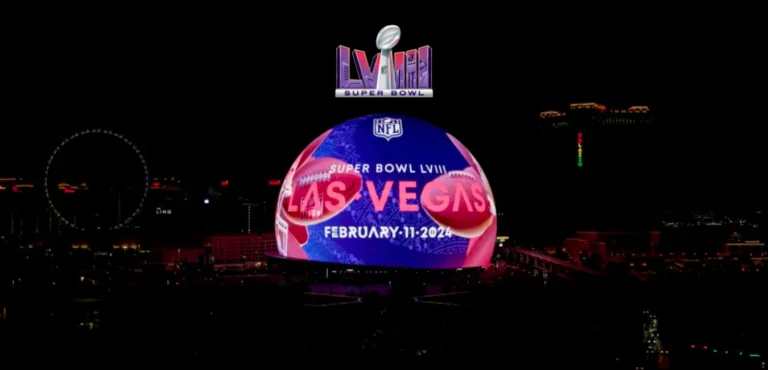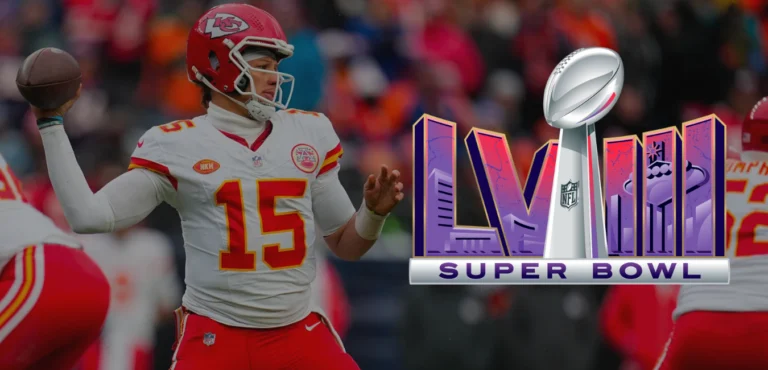
- 23rd June 2022 |
- 5 minutes
Home >> Insights >> Content Hub >> Digital TV acronyms: What is what…? And why?
Digital TV acronyms
What is what...? And why? Understanding what the confusing TV and CTV platform acronyms mean, is key to measuring and optimizing TV campaigns

When wanting to accurately measure and plan for TV, one first must understand what the digital TV terminology is, and what concepts like Linear TV, OTT, OLV, CTV, VOD, BVOD, AVOD, SVOD, TVOD..., stand for.
In the past years TV has multiplied its ways of consumption. For the consumer, it’s a new and rich world of viewing options for TV high-quality content, while for the media experts, it’s a new and rich world of buying points.
What is Linear TV?
Linear TV in old money is linear TV stands for TV content produced and curated for broadcast to a daily announced schedule. It includes +1 channels that run an hour behind the original broadcast, and so are still scheduled. These channels are all delivered to the viewers’ TV screen from their preferred TV operator’s platform using a variety of content delivery technologies and household set-top boxes. Those set-top boxes also have a dedicated broadband connection that enables household viewing data to be captured. It also enables on-demand services over this secure connection that are of TV quality.
What is Over the Top (OTT)?
OTT stands for Over the Top. In TV terms, this means all TV-quality program/content that is delivered to the TV screen but not by the main TV platform operators but from a VOD provider’s app on a CTV or other device connected to the internet. OTT content by-passes to go direct to the viewer using the household broadband or Wi-Fi connection.
What is Online Video (OLV)?
OLV stands for Online Video. OLV Ads are understood as an umbrella term that includes all sorts of online video adverts, namely, all of those video advertisements that run before, during, and after the video content that one can watch on news or entertainment sites. OLV ads can be seen in myriad formats, like in-stream and out-stream, or across browsers and apps, and on different devices like CTV, widescreen, desktop, mobile, tablet… OLV ads can often be clickable and don’t exclusively exist on platforms like YouTube or Hulu but they can also show in online articles or websites of any sort.
What is Connected TV (CTV)?
CTV or also known as Connected TV, is the TV delivered on a broadband connection, hence “connected” to the internet. CTV content consists of videos that are streamed through integrated into either Smart TVs (with a built-in internet connection), VideoGame Consoles (with apps that can stream video content) or Connected Devices (to be connected to a TV set -Roku, Chromecast, Amazon Fire Stick-). CTV options are now found pretty much in every home that has a TV or Smart TV.
Connected Set-top box?
A Set-top Box is a device that connects an analog TV set to the internet. A set-top box gives viewers the possibility to consume digital television (DTV) broadcasts like STV, FTV, and other streaming services.
What is Video-On-Demand (VOD)?
VOD, also referred to as Video on Demand, can be delivered either through the household’s TV platform operator (BVOD) or via Streamed OTT services (mainly AVOD).
What is Broadcast Video-On-Demand (BVOD)?
BVOD, Broadcast Video on Demand, is scheduled broadcaster content that has passed its viewing date. This BVOD content can be watched either through the familiarity of the TV operator’s STB platform or by exiting that platform and using another remote control to view the same content but now as streamed OTT TV. Some examples of BVOD would be BBC iPlayer in the UK, 9Now or 7Plus in Australia, or NBC TV in the US.
What is Ad-Supported Video-On-Demand (AVOD)?
AVOD, also known as Ad-Supported Video on Demand, is streamed video service that is funded by advertising, following the same model as commercial TV. AVOD services are free to viewers, some examples are YouTube, IMDb, Pluto TV, or Peacock.
What is Free Ad-Supported TV (FAST)?
FAST (Free Ad-Supported TV) is a Connected TV advertising platform, leveraged through TV apps that host linear channels delivering scheduled programming (ex: Samsung TV Plus). The main difference between FAST and AVOD is that Free Ad-Supported TV emulates linear TV’s scheduled programming but in a CTV nature, while AVOD offers individual viewing sessions for specific content that then generates inventory personalized advertising is served.
What is Subscription Video-On-Demand (SVOD)?
SVOD or Subscription Video on Demand, is a streaming VOD service that requires, typically, monthly subscriptions, some examples of this would be Netflix, Roku, Apple TV, Hulu, Disney+, or HBO Max among others.
What is Transactional Video-On-Demand (TVOD)?
TVOD or Transactional Video-On-Demand is a streaming video service that requires consumers to purchase specific content on a pay-per-view model. Examples of this would be Apple iTunes, or Amazon’s Rent or Buy video.
What is Premium Video-On-Demand (PVOD)?
PVOD, Premium Video-On-Demand, is a streaming VOD model and a variation of TVOD where, typically, SVOD subscribers have the option to pay extra to access content like Blockbusters, sooner than others. Ex: Disney+ and their latest film being aired.

Digital Marketing Manager





